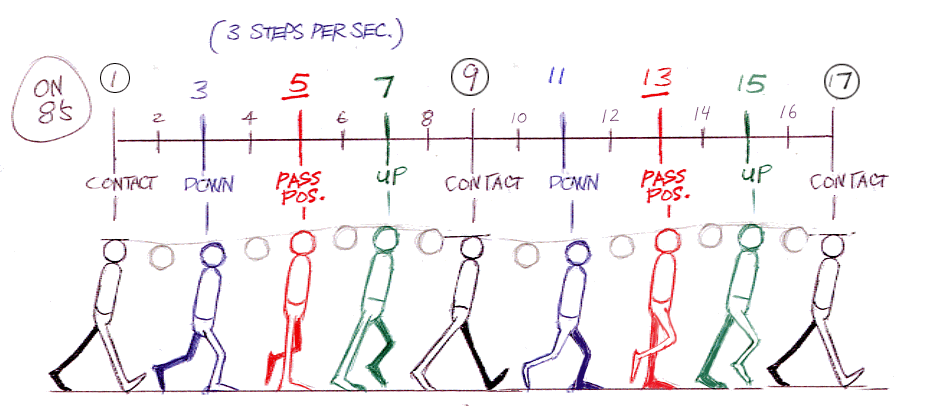Labels
- - Principles overview
- -The basics
- 1. Solid Drawing
- 10. TIMING
- 11. SLOW-OUT AND SLOW-IN
- 12. FOLLOW THROUGH
- 2.Appeal
- 3.Exaggeration
- 4:Staging
- 5.Anticipation
- 6.Secondary action(s)
- 7. Squash and stretch
- 8. STRAIGHT AHEAD Vs. POSE TO POSE.
- 9. ARCS
- Animated BG's
- Animated sequences
- Animation process
- Color scripts
- Effects animation
- Lip synching
- Project Demos
- Smears
- Walk Cycles
Monday, February 23, 2015
Labels:
10. TIMING
Subscribe to:
Post Comments (Atom)















No comments:
Post a Comment